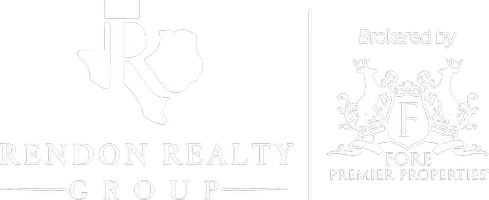What it means to be in a Seller's Market
Bidding wars, pricing power, and how buyers can still win.
Too few homes. Too many buyers. That imbalance is why well-prepared Hill Country sellers are winning—and why buyers need airtight offers.
A plain-English breakdown of “months of supply,” how low inventory moves prices, and what this market shift means for Fredericksburg, Kerrville, and nearby towns.
What Is a Seller’s Market and Why It Matters for the Hill Country
- Seller’s market = limited supply; homes sell faster with stronger terms for sellers.
- Months of supply under ~5 signals seller advantage; ~6 is balanced; 7+ favors buyers.
- Low inventory + solid demand tends to push prices up and create multiple-offer scenarios.
- Buyers need clean, timely offers; sellers can prioritize price, speed, and terms.
- Local months-of-supply figures should be verified for your neighborhood and price band [NEED DATA].
Table of contents
What a Seller’s Market Means
Answer first: In a seller’s market, there aren’t enough homes for the buyers who want them, so listings sell faster and with stronger seller leverage.
Months of supply (MOS) estimates how long current inventory would take to sell if no new homes hit the market. As a rule of thumb: <6 months favors sellers, ~6 is balanced, and 7+ favors buyers. Local snapshots (e.g., Fredericksburg, Kerrville) can differ by price range and property type—always pull neighborhood-level data before you list or offer [NEED DATA].
Why Low Inventory Lifts Prices
Answer first: When supply is scarce and demand is steady, buyers compete, which usually pushes prices up.
- Competition rises: More buyers chase fewer homes, increasing the odds of multiple offers.
- Price velocity: In tight MOS, appreciation tends to outpace inflation; in balanced markets, prices cool toward inflation; in buyer’s markets, prices can flatten or fall.
- Terms strengthen: Shorter option/inspection windows, appraisal gap coverage, and cleaner financing become common in hot segments.
Playbooks: Buyers vs. Sellers
Answer first: Buyers win with speed, certainty, and clean terms; sellers win by pricing to the market and preparing the home for the first weekend.
For Buyers
- Financing first: Full pre-approval (not just pre-qual) and proof of funds for reserves.
- Move fast: Tour quickly; submit a clean offer before deadlines, with realistic contingencies.
- Write to win: Consider stronger earnest/option money, flexible close, and clear repair thresholds—stay within your risk comfort.
For Sellers
- Price to the moment: Use the last 30–60 days of comps, not last year. MOS shifts by price band [NEED DATA].
- Launch ready: Pre-list touch-ups, professional photos, and a show-ready first week.
- Negotiate terms: Beyond price, weigh closing timeline, appraisal waivers, and repair limits.
Sources
FAQs
Is every Hill Country area in a seller’s market?
No. Conditions vary by neighborhood, school zone, acreage vs. in-town, and price band. Pull MOS and days-on-market for your exact segment [NEED DATA].
Do I have to waive contingencies to win?
Not always. You can stay competitive with strong financing, faster timelines, and clear repair limits. Only waive protections you fully understand.
What’s the best month to list?
When your house is launch-ready and local MOS is tight in your price band. Weekly new-listing vs. pending trends are more important than the calendar.
Considering a move in the Hill Country?
I’m based in Fredericksburg and work across Gillespie, Kerr, Blanco, Kimble, Mason, Llano & Bandera. Let’s review your neighborhood’s MOS and craft a plan.
Talk with Ryan